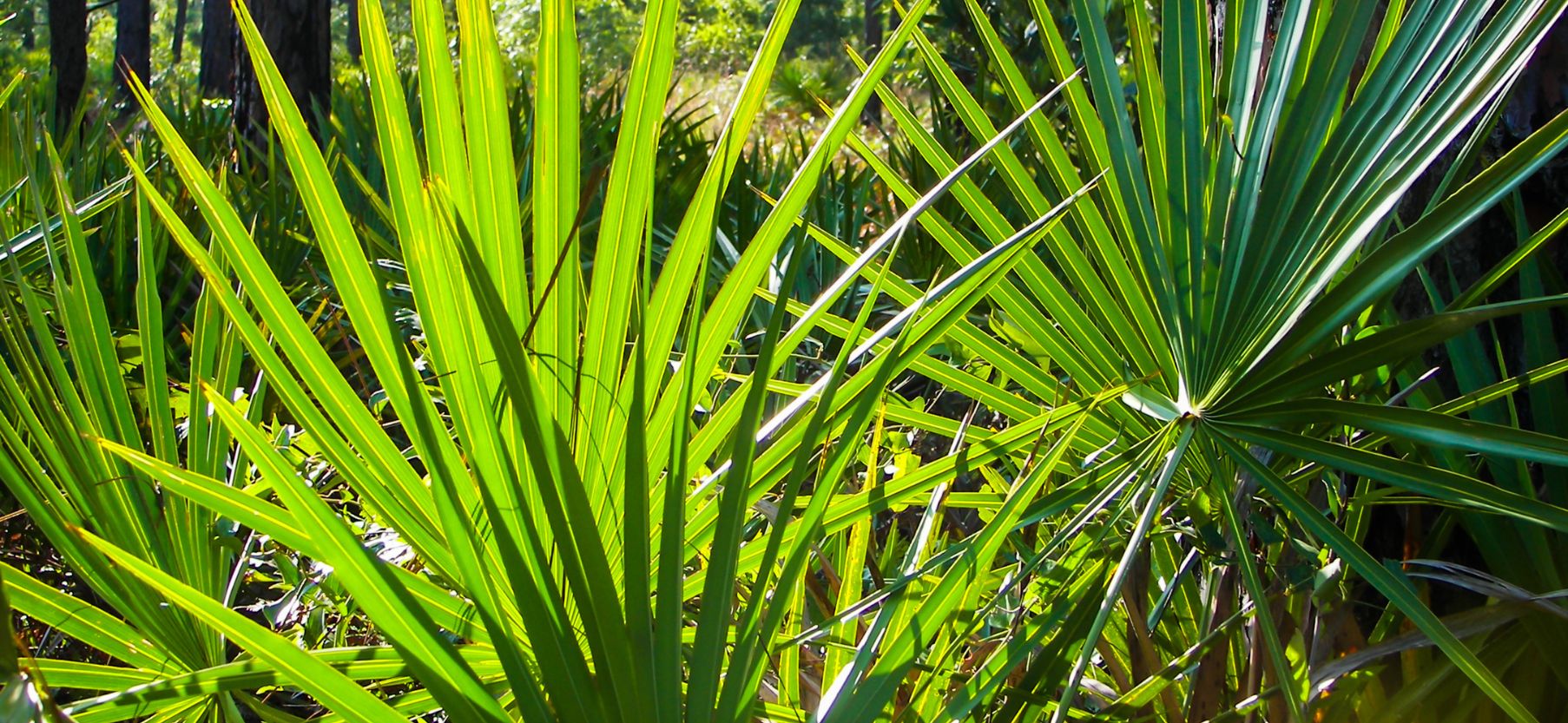Herbal supplements and adaptogens have been used for centuries for hormonal support, and are still very commonly used in Ayurveda and Traditional Chinese Medicine. These herbs are reported to help provide relief from painful periods, and symptoms associated with menopause, PCOS, prostate health and many other conditions linked to hormones. Below, we’ll discuss how adaptogens affect hormones, and how to use herbs and adaptogens for hormonal balance.
What are hormones
You might be most familiar with the sex hormones estrogen, progesterone and testosterone, but there are actually more than 50 hormones in the body. They are the chemical messengers of our endocrine system, carrying signals throughout the body from glands to cells, tissues, and organs.
The endocrine system is a network of glands, hormones, and receptors responsible for regulating many bodily processes, including growth, metabolism, reproduction, mood, development, and the experience of pleasure.
Herbs can be a powerful ally in the quest to keep this system balanced. Compounds in certain plants have been shown to help regulate insulin, testosterone, luteinizing hormone, and thyroid hormone levels, among others.
Vitex agnus-castus for female hormonal balance
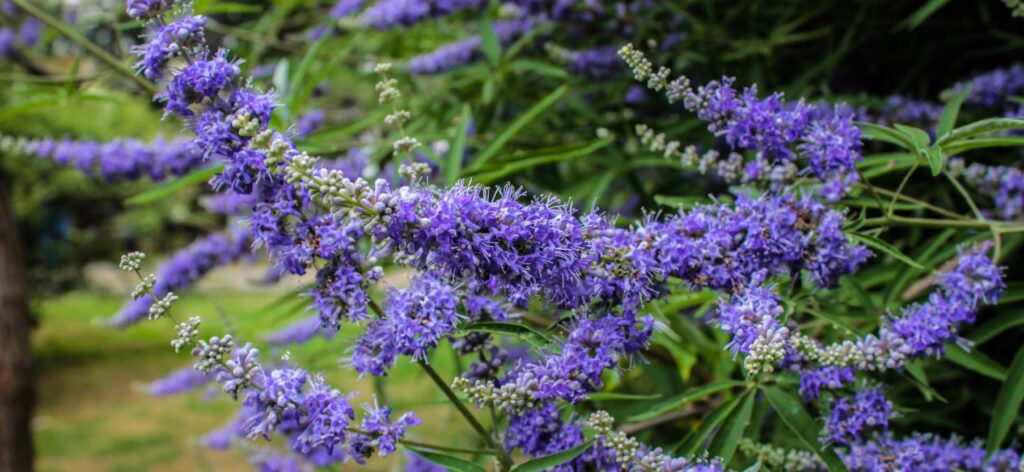
Vitex is also known as Chaste Tree or chasteberry is a small shrub that grows in the Mediterranean region and in some parts of Central Asia. It has been used medicinally for centuries, particularly for its adaptogenic properties. The plant can reach heights up to fifteen feet and boasts aromatic pink or white flowers. It produces tiny, dark purple berries, approximately 5mm in diameter.
The berries contain compounds known as flavonoids, which have a long history of use in Traditional Chinese and European medicine for their adaptogenic properties. It is one of the most widely used adaptogens for hormonal balance, and research suggests it has a particularly beneficial effect on female hormones like estrogen and progesterone.
Estrogen is one of the most important female sex hormones. It plays an essential role in reproductive health, from puberty to menopause, and impacts numerous body systems including the cardiovascular, musculoskeletal, digestive, endocrine and nervous systems. Estrogen is involved in the regulation of fertility and libido, as well as bone and muscle growth, mood, energy levels and metabolism.
Progesterone is another important female hormone that works in tandem with estrogen to maintain reproductive health. It helps regulate the menstrual cycle by preparing the endometrium for implantation of a fertilized egg. This hormone also supports embryo development during pregnancy and plays a crucial role in the production of breast milk.
Studies suggest that Vitex supports the pituitary gland by helping to regulate prolactin and luteinizing hormone production, which in turn helps to balance estrogen and progesterone levels. It is thought that vitex binds to dopamine receptors, lowering the amount of prolactin secreted by the pituitary gland. This, in turn, helps modulate the amount of estrogen and progesterone in the body. There is also some evidence that vitex binds to opioid receptors. This reduces the secretion of gonadotropin-releasing hormone (GnRH), a hormone involved in controlling reproductive functions. These effects make vitex one of the best adaptogens for hormone balance, particularly when it comes to female hormonal health.
If you’re thinking about giving vitex a try, we recommend this single-ingredient vitex tincture from Harmonic Arts.
White Peony for PCOS
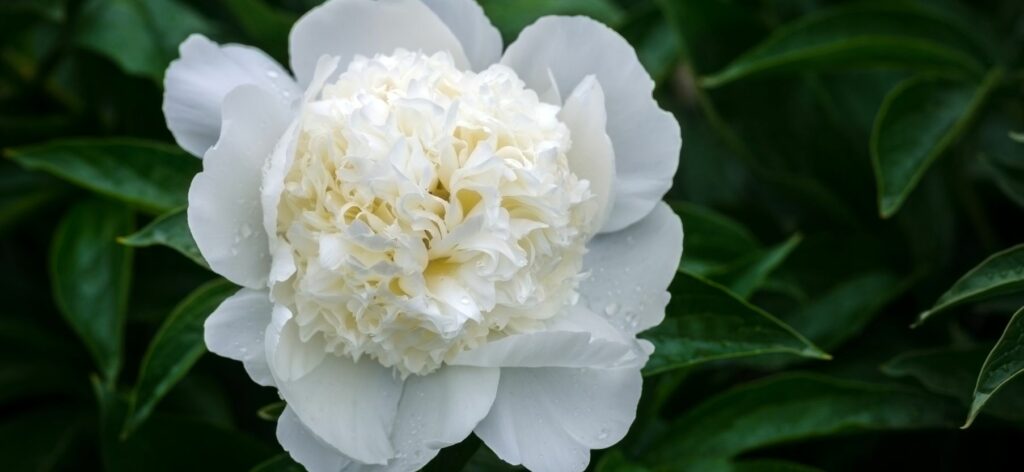
White peony (Paeonia lactiflora) is a flowering plant native to North China and the Himalayas. It is a herbaceous perennial with deep green, lobed leaves and large, fragrant white flowers. The blossoms are borne on thick stems with short leaves in an umbel-like formation. The flowers are edible, and their roots can be used medicinally.
In Traditional Chinese Medicine, white peony (known as Bai Shao) is considered a tonic herb that nourishes the blood, regulating menstrual dysfunction. Like many traditional medicines, scientific research is still catching up, but there are preliminary studies that support its use.
Studies suggest that paeoniflorin, the main compound in white peony, acts as an anti-androgen. This means that it can help block or suppress the action of androgens (male sex hormones) like testosterone. Because androgens play a variety of roles in both male and female bodies, dysregulation can cause a variety of negative effects. For example, polycystic ovarian syndrome (PCOS), the most common female endocrine disorder.
PCOS can lead to absent or irregular periods, excess hair growth, infertility, acne, and weight gain, all of which are all tied to high testosterone levels. Research suggests that white peony can help alleviate some of these symptoms by blocking the action of testosterone in female bodies, making it an excellent herb for hormonal balance.
Dong quai (Angelica sinensis), the “female ginseng”
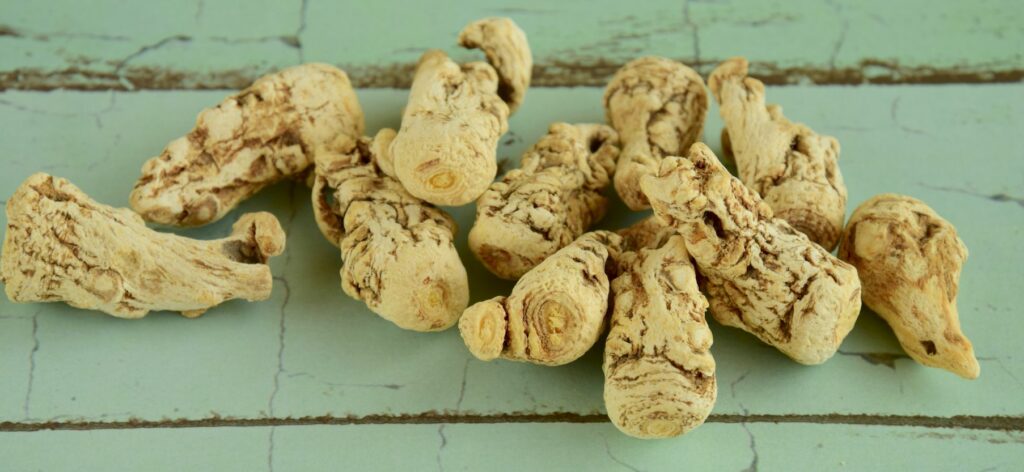
Dong quai (angelica sinensis) is a plant that people sometimes call the “female ginseng”. It has deep green, lobed leaves and large white flowers. It grows in China and the Himalayas.
In traditional Chinese medicine, dong quai has long been used to regulate female reproductive health and treat menstrual cramps. It is believed to help balance hormones by nourishing the blood, tonifying the uterus, and supporting liver function.
Some research suggests that dong quai may exhibit estrogenic activity, but this has yet to be fully confirmed. It does, however, contain a compound called ligustilide which can reduce painful cramping. Ligustilide has been shown to promote antispasmodic activity, especially for uterine muscles, making it helpful for those with painful periods.
Studies also show that Dong quai can also help reduce pain for women with endometriosis. Endometriosis is a condition in which tissue similar to the lining of the uterus grows outside of it, leading to pelvic pain, among many other symptoms. Dong quai has been found to reduce inflammation and improve circulation, both of which can help relieve some of the pain associated with endometriosis.
If you’re looking for herbs and adaptogens for hormonal balance, dong quai may be a good option. You can find it in St. Francis Herb Farm’s PMS Support Tincture alongside other beneficial ingredients like cohosh, lady’s mantle, and rehmannia.
Black Cohosh (Cimicifuga racemosa) for menopause
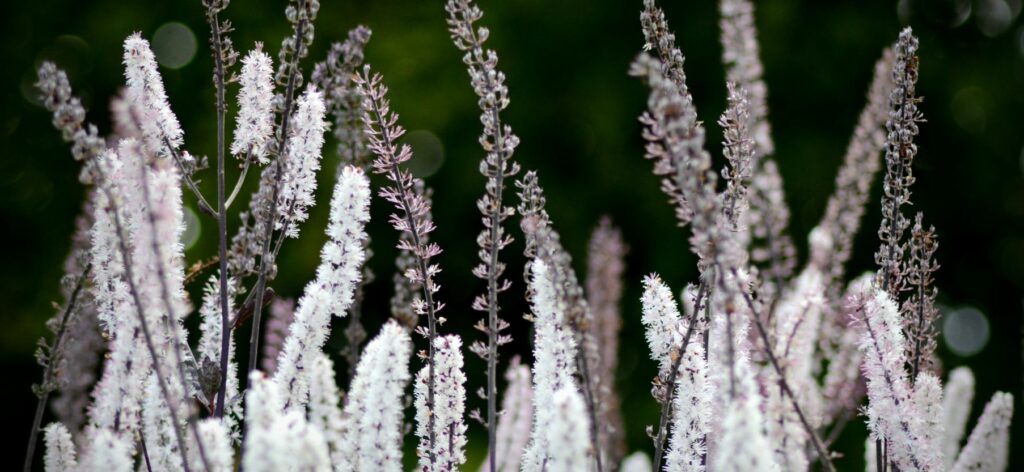
Black cohosh (Cimicifuga racemosa) is a plant that grows in North America. It is a member of the buttercup family and is sometimes referred to as black snakeroot or bugbane.
Black cohosh has long been used in Native American medicine for its purported health benefits, such as reducing inflammation, treating menopausal symptoms, and improving fertility. Black cohosh’s benefits are thought to be tied to its effect on estrogen. Scientists are divided on what exactly that effect is. It was initially thought to be a phytoestrogen (meaning it acts like estrogen in the body), but recent studies challenge the validity of that theory.
There is, however, more compelling evidence that black cohosh can reduce symptoms of menopause. A 2018 study found that it was effective in reducing the frequency and severity of hot flashes for menopausal women.
And while there isn’t conclusive evidence that black cohosh can increase fertility on its own, research does suggest that it can increase the efficacy of certain fertility drugs.
You can find black cohosh in our Menstrual Tonic, a blend of several herbs and adaptogens for hormone balance.
Saw Palmetto (Serenoa repens) for male hormonal health
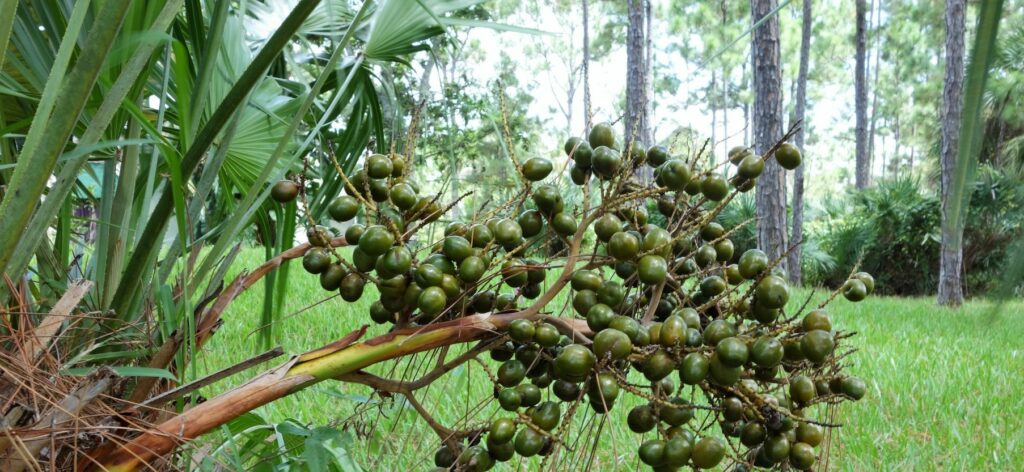
Saw palmetto is a type of small, palm-like tree. It grows in warm climates and has fan-shaped leaves and yellowish fruits. Traditionally, the berries from this tree were used to make medicine used to treat urinary tract health and inflammation.
Saw palmetto is one of the best herbs and adaptogens for hormone balance in men. Scientific studies show that saw palmetto decreases the activity of the enzyme 5-alpha reductase. This enzyme converts testosterone to another androgen called DHT. In high levels, DHT is tied to hair loss, enlarged prostate, and heart disease. By working to keep DHT levels in check, saw palmetto helps maintain healthy testosterone levels.
It has also been used to help treat people with benign prostatic hyperplasia (BPH), an enlarged prostate gland. Research shows that saw palmetto extract can help alleviate symptoms of BPH, helping to improve urinary flow and sexual function. There is also some evidence that taking saw palmetto daily can help stop BPH from progressing.
For those looking specifically for prostate support, we recommend the Prostate Tonic from St. Francis Herb Farm, a synergistic formula of saw palmetto, nettle root, golden rod, echinacea, and thuja. Alternatively, if you’re looking for a concentrated extract, we recommend Harmonic Arts’ organic single-ingredient Saw Palmetto Tincture.
An Important Note: This list of common herbal supplements and adaptogens for hormonal balance is for informational purposes only. It’s crucial to talk to your Doctor, Naturopath or Health Care Provider to discuss specific medical conditions or symptoms, especially if you are taking prescriptions.

